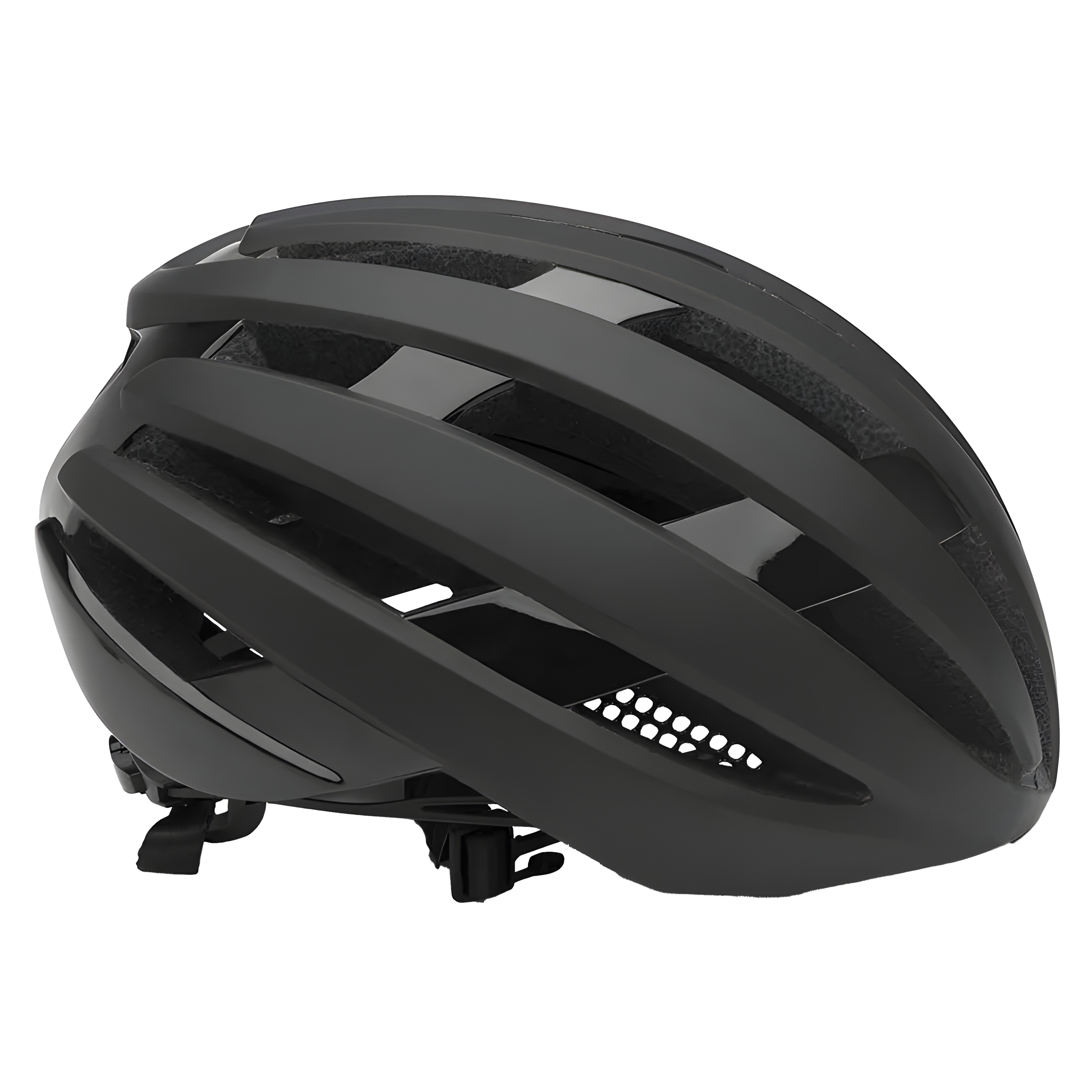Your Safety Starts Here
A practical guide to fitting, wearing, adjusting, caring for, and replacing your bicycle helmet—ensuring it always gives maximum protection. Many cyclists think they're protected, but improper helmet use can leave you vulnerable when you need protection most.
Critical Fact
Studies show that up to 85% of cyclists wear their helmets incorrectly, significantly reducing their protective capabilities. This guide will ensure you're in the safe 15%.

Perfect Protection
This post walks readers through accurate measurement, correct strapping, and must-follow positioning tips for maximum safety.
Step-by-Step Fitting Guide
Measure Your Head
Use a flexible tape measure to measure the circumference of your head, about 1 inch above your eyebrows. This measurement determines your helmet size.
Size Guide:
- • Small: 51-55 cm
- • Medium: 55-59 cm
- • Large: 59-63 cm
- • X-Large: 63+ cm
Position the Helmet
Place the helmet level on your head, covering the top of your forehead. The front edge should be no more than 1-2 finger widths above your eyebrows.
.jpg)
Adjust the Straps
The side straps should form a 'Y' shape under your ears. The chin strap should be snug but comfortable—you should be able to fit one finger between the strap and your chin.
Pro Tip: When you open your mouth wide, the helmet should pull down slightly on your head. This indicates proper chin strap tension.
Final Stability Check
With the chin strap fastened, try to roll the helmet off your head by pushing up from the back. A properly fitted helmet will not move.
Success! If the helmet stays put during this test, you've achieved the perfect fit.
Maintenance & Care
Proper maintenance extends your helmet's life and ensures it performs when you need it most. It covers maintenance (cleaning, storing, and caring for your helmet), when to replace it due to damage or age, and common mistakes to avoid.
Cleaning
Use mild soap and water. Avoid harsh chemicals that can degrade the helmet materials.
Storage
Store in a cool, dry place away from direct sunlight and extreme temperatures.
Inspection
Regularly check for cracks, dents, or worn straps that could compromise safety.
When to Replace Your Helmet
- • After any impact: Even if no visible damage is apparent
- • Every 3-5 years: Materials degrade over time
- • Visible damage: Cracks, dents, or compressed foam
- • Worn straps: Frayed or stretched retention system
Common Mistakes to Avoid
Ideal for beginners and veteran cyclists alike, knowing these common pitfalls can prevent hidden risks that reduce your helmet's protective capabilities.
Wearing It Too Far Back
This exposes your forehead to injury. The helmet should sit level and low on your forehead.
Loose Chin Strap
A loose strap allows the helmet to shift or come off during impact. Always ensure a snug, secure fit.
Wrong Size
Too big or too small compromises protection. Always measure and try before buying.
Using a Damaged Helmet
Never use a helmet that has been in an accident or shows signs of damage, even if it looks minor.
Your Safety Checklist
Remember, a helmet can only protect you if it's worn correctly and maintained properly. Make these practices part of your regular cycling routine to ensure maximum protection on every ride.
Pre-Ride Safety Checklist:

Need a new helmet?
Browse our safety-certified collection